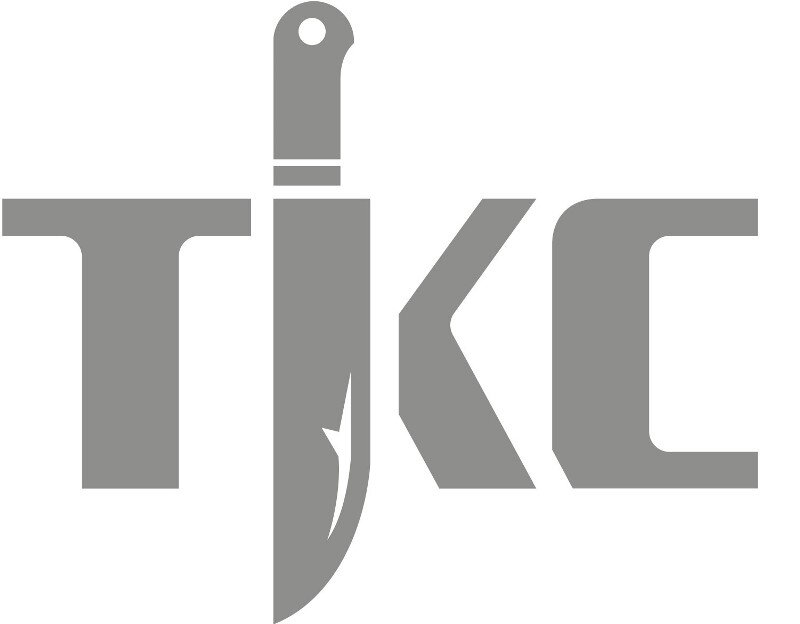Knife injuries in the workplace
WorkCover Queensland state on their website that “Common unsafe practices caused by blunt knives include physically pushing the knife, over stretching, sudden movements and deterioration or tiring out of the body. This can lead to injuries including tendonitis, carpal tunnel and musculoskeletal injuries.” The article goes on to say “A sharp knife will significantly reduce the amount of force required, and also improves workplace efficiency.”
This advice is directed at the meat and poultry processing industry where of course knives are subject to intense use, but the same principles apply both in the restaurant and catering industry, and, to a certain extent, in the home. In fact, if you’ve read our interview of Otis Greder (A sharp knife gives you the edge in the commercial kitchen), you will already have heard what he has to say about sharp knives in the kitchen improving workflow speed and helping to avoid injuries.
Data published by both Workplace Health & Safety Queensland and WorkSafe Victoria show the highest percentage of injuries in the meat processing industries as being hands and fingers, from cutting equipment, including knives (26% of all injuries in QLD; 22% of all injuries in VIC), closely followed by forearm and wrist strain (16% QLD; 14% VIC).
Not only does working with blunt knives make injury more likely and slow the speed at which you can work, it also makes it hard to do a good job – with a blunt knife exact sizing and portion control is difficult, and a dull blade won’t engage well with the meat, giving a poor slice that doesn’t look as appealing.
The next problem in a busy workplace is finding the time to do the sharpening, if traditional methods are employed. Most workplace training courses teach knife sharpening the traditional way – with a stone. Students are shown how to use the coarse side of the stone to reshape the blade and the finer side to hone the blade edge. It’s difficult to master, and getting it wrong, the knife can be ruined (for more information on how to sharpen knives, see our free download ebook, Sharpening).
Electric sharpeners provide a more consistent sharpened edge and save time, as TKC’s Luke Benjamin explained to Deborah Andrich at Australian Meat News last month, talking about the importance of sharp knives in a butchers shop:
“Typically, using a stone take 10-12 minutes per knife. A sharpening machine takes seconds. On a Saturday morning, or in the middle of a busy day, if you rely on a stone, thirty minutes to sharpen three knives is too long. With a machine, you are back in the shop before anyone realises you are gone.”
Both the Queensland and the Victorian organisations recommend the following practices to prevent knife injuries:
- use the correct knife for the task at hand
- provide training on use and handling of knives
- provide mechanical sharpening systems
- wear protective clothing such as hand protection and chain mesh aprons
- maintain a safe working distance between workers using knives
- avoid knife handles with ridges and contours which can add to user discomfort
- provide accessible first aid and have a trained first aid officer
Image credit: http://farm1.staticflickr.com/99/274348335_0dc6682671_o.jpg






